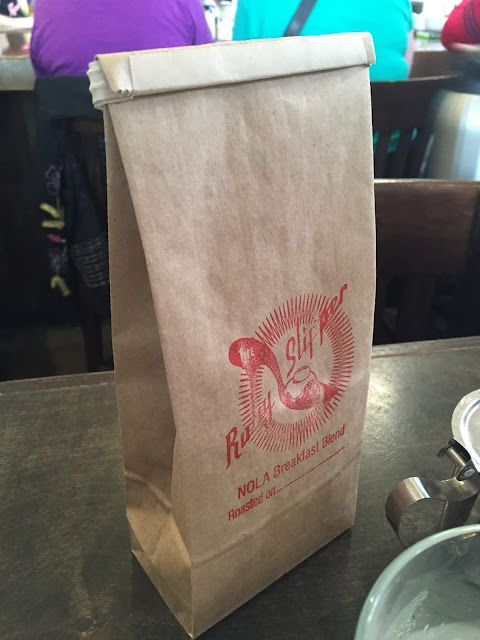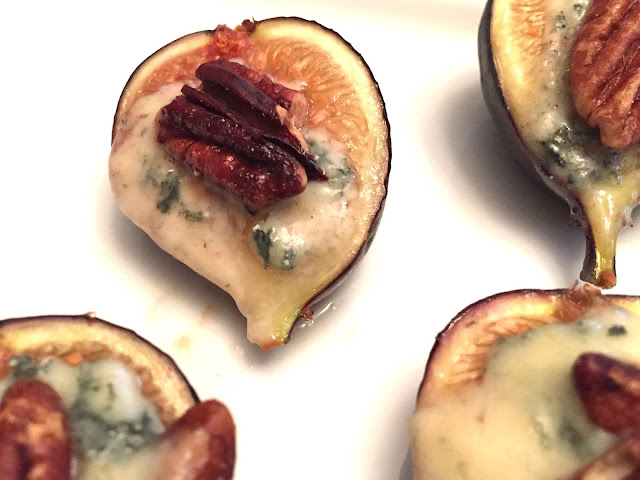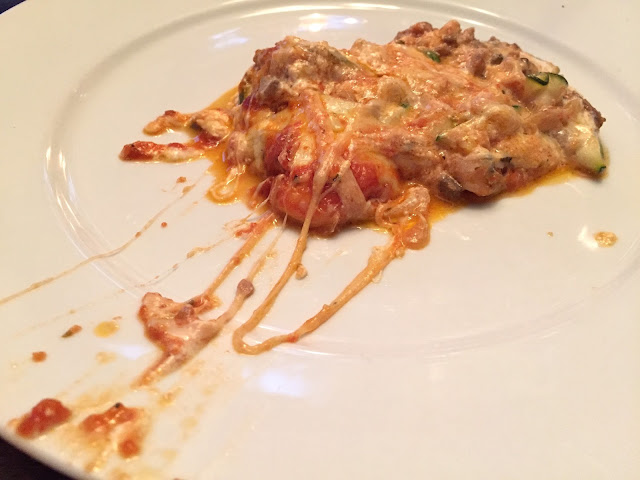I've toyed with a number of spiced nut recipes over the years, and I believe I've finally come up with a recipe that I am very happy with, evidenced by the fact that I, my dog, and my uncle Fred could not stop eating them. These nuts aren't spicy as in "Dear God, these are hot!" They are spicy as in "Mmmm... these flavors make my mouth happy."
I know the spices are rather unusual, but don't freak out by their weirdness. Give them a try, and you will see what I mean by your mouth being happy. (I bet you dinner that you wouldn't be able to guess all of them if I didn't tell you!)
Speaking of telling, let's get you a photo and the recipe:
Makes almost 2 cups
Special tools needed: parchment paper
Ingredients:
- 1 1/2 cups mixed nuts, raw or already roasted
- 1/4 cup unsalted raw pumpkin seeds (sometimes called "pepitas")
- 2 oz. real maple syrup (for God's sake, do NOT use the fake stuff here! Make that EVER!)
- 1 Tblsp. olive oil
- 1/2 tsp. ground cumin
- 1/2 tsp. hot paprika (I used Hungarian)
- 1/2 tsp. ground turmeric
- heaping 1/2 tsp. kosher salt
Directions:
1. Preheat the oven to 350°. Lay out a large sheet of parchment paper for cooling.
2. Dump everything in a medium bowl and toss toss toss with a wooden spoon (wooden spoons grab and move saucy things better, in my humble opinion). Make sure all the nuts are coated really well. If you have to wait for the oven to finish heating up before Step 3, retoss everything before you pour the nuts onto the baking sheet.
3. Pour the mixture out onto a baking sheet, and spread the nuts out into an even layer. Pour any goo in the bottom of the bowl on top of the nuts.
4. Put the pan in the oven for 10 minutes, then take out the pan, shut the oven door, and toss everything with a flat spatula to recoat the nuts. Spread it into an even layer again, then roast for another 10 minutes. Toss and spread again. Roast for a final 5 minutes (unless things are looking pretty toasty. Then stop.).
5. Scrape the nuts onto the sheet of parchment paper. Spread them out into a single layer again, and let everything cool to at least warm. If you are having trouble with the nuts sticking to your spoon or spatula as you move them, wet the spatula, then move the nuts. Don't worry about the nuts sticking together too much. After they cool you can break them apart.
6. Serve your spiced nuts immediately, or cool them completely and store in an airtight container.
That's it! They take about 5 minutes to whip together and 25 minutes to roast (during which you can sit back and wait for that heavenly toasted, nutty aroma to start filling your house).
To serve, pair up with a couple ripe pears ready to slice and some Sartori cheese (you can find some at most any big grocery, and any flavor is OMG). You'll have a cheese plate made in heaven.
Print up the recipe by clicking the image below, and let me know in the comments what you think!
Nuts to you!
2. Dump everything in a medium bowl and toss toss toss with a wooden spoon (wooden spoons grab and move saucy things better, in my humble opinion). Make sure all the nuts are coated really well. If you have to wait for the oven to finish heating up before Step 3, retoss everything before you pour the nuts onto the baking sheet.
3. Pour the mixture out onto a baking sheet, and spread the nuts out into an even layer. Pour any goo in the bottom of the bowl on top of the nuts.
4. Put the pan in the oven for 10 minutes, then take out the pan, shut the oven door, and toss everything with a flat spatula to recoat the nuts. Spread it into an even layer again, then roast for another 10 minutes. Toss and spread again. Roast for a final 5 minutes (unless things are looking pretty toasty. Then stop.).
5. Scrape the nuts onto the sheet of parchment paper. Spread them out into a single layer again, and let everything cool to at least warm. If you are having trouble with the nuts sticking to your spoon or spatula as you move them, wet the spatula, then move the nuts. Don't worry about the nuts sticking together too much. After they cool you can break them apart.
6. Serve your spiced nuts immediately, or cool them completely and store in an airtight container.
That's it! They take about 5 minutes to whip together and 25 minutes to roast (during which you can sit back and wait for that heavenly toasted, nutty aroma to start filling your house).
To serve, pair up with a couple ripe pears ready to slice and some Sartori cheese (you can find some at most any big grocery, and any flavor is OMG). You'll have a cheese plate made in heaven.
Print up the recipe by clicking the image below, and let me know in the comments what you think!
Nuts to you!









































